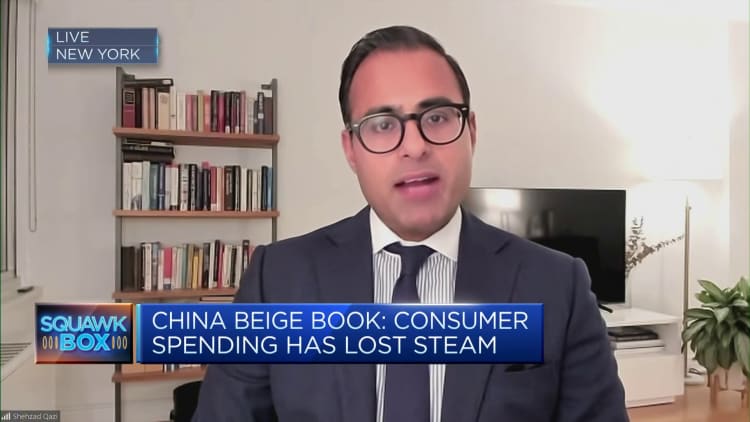Japan stocks led gains in the Asia-Pacific region a day after it's central bank increased the flexibility around its yield curve control policy, while investors watched for a policy decision from the U.S. Federal Reserve.
The Fed will conclude its two-day monetary policy meeting later in the day, with markets expecting the central bank to stand pat on interest rates.
Data showed South Korea's October exports climbed 5.1% year-on-year, the first time in 13 months, while its factory activity saw a slightly deeper contraction.
Separately, China's Caixin/S&P Global manufacturing PMI fell to 49.5 in October from 50.6 in September, marking the first contraction since July and missing analysts' forecasts of 50.8 by a large margin. The reading mirrors the official figure released by the country's national bureau of statistics on Tuesday.
Japan's Nikkei 225 index closed 2.41% higher at 31,601.65, while the Topix added 2.53% at 2,310.68 to hit its highest level in nearly three weeks.
South Korea's Kospi ended up 1.03% at 2,301.56 and the Kosdaq climbed 0.43% to 739.23.
Hong Kong's Hang Seng index reversed earlier gains to fall slightly in its final hour of trade, while China's CSI 300 index slipped marginally to close at 3,571.03.
In Australia, the S&P/ASX 200 closed 0.85% higher at 6,838.30.
U.S. stocks closed higher on Tuesday, regaining some ground at the end of a dismal month that was defined by surging interest rates.
The S&P 500 climbed 0.65%, while the Nasdaq Composite added 0.48%. The Dow Jones Industrial Average advanced 0.38%.
Stocks posted their third-straight losing month. The Dow and the S&P 500 fell 1.4% and 2.2%, respectively.
— CNBC's Pia Singh and Hakyung Kim contributed to this report



